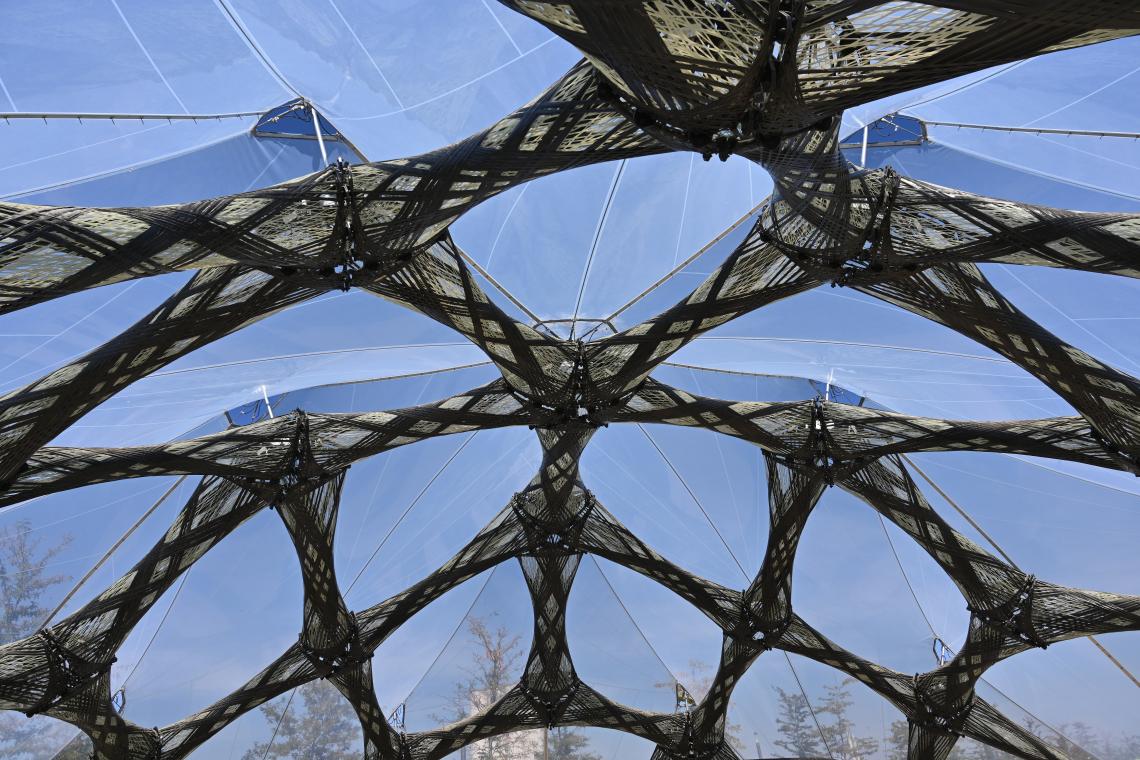Christine Weiß
Innovation and Cooperation


The origins of lightweight construction can be traced far back in the history of construction and architecture. The principles of lightweight construction were already used in ancient times to build structures such as amphitheatres and aqueducts. While in those days lightweight construction was rather due to limited material resources, today it is an expression of efficient construction and innovation. Progressive developments in construction methods, materials and manufacturing processes also make it attractive for the automotive and aerospace industries. The optimisation principles help many industries to make efficient use of existing resources and enable new developments.
Due to the international competitive situation, primarily large companies and corporations recognise the versatile potential of lightweight construction at an early stage and are largely responsible for further development. However, the increasing knowledge gained with regard to new materials and manufacturing processes is also of interest to small and medium-sized companies. Fibre-reinforced plastics, adhesive joining processes or additive manufacturing are increasingly finding their way into the engineering offices and development departments of medium-sized companies. Often these companies are exclusively users of these technologies, as their own developments entail technical and economic risks. The targeted support and promotion of such companies would considerably strengthen the potential of lightweight construction.
We support companies in the implementation of innovative lightweight construction developments. With the basic idea of cooperation in innovation networks, we organise and supervise cooperation projects between companies and research institutions. In addition to wide-ranging advice on suitable federal or state funding measures, we offer interdisciplinary expertise in lightweight construction that is necessary to generate marketable products from forward-looking ideas. These competencies range from materials science over production and process engineering to recycling and include bionics, additive manufacturing, measurement and automation technology as well as the increasing digitalisation of production.